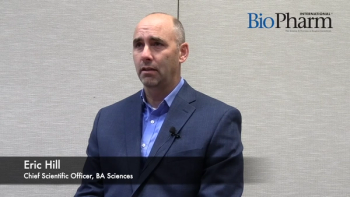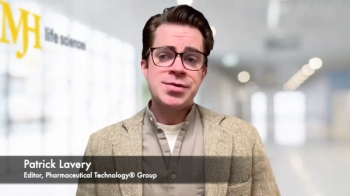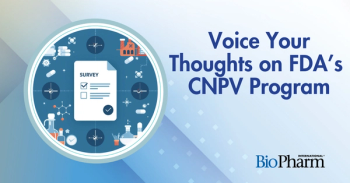
No One Likes the Medicare Part B Pilot
Doctors and oncologists agree with pharma companies in opposing the latest proposal from the CMS to revise how it pays for drugs administered in doctors’ offices.
This time, doctors and oncologists agree with pharma companies in opposing the
Yet, concerns about rising drug prices and government outlays for medicines may bring about change over time. The current Part B reimbursement system has flawed incentives and doesn’t fit the slow but steady shift to value-based reimbursement. Congress would have to act to make any significant changes in the current payment scheme, but that could come with the right plan that yields clear savings.
For now, though, things are murky. CMS has proposed a five-year test of a new Part B reimbursement scheme designed to reduce what it spends on drugs. Instead of paying physicians and clinics based on a drug’s average sales price (ASP) plus 6%, the new model reduces the add-on to 2.5% plus a flat fee of $16.80. The analysts say the
A pilot program is needed because Congress has to revise the law to alter the Part B reimbursement formula, and that may be difficult to achieve. Leaders of three key House and Senate committees governing Medicare policy blasted the proposal as the work of “unelected bureaucrats” that could harm the “sickest Medicare beneficiaries.”
The feds have support for its plan from health insurers, and consumer activists agree that it’s a good way to ratchet down drug prices. But the opposition is strong, and CMS is likely to revise the plan after it receives what will be a host of critical comments in early May.
CMS may gain more interest in additional proposals to test a number of value-based purchasing strategies, similar to the “risk-sharing” arrangements that pharma companies are negotiating with health plans, hospitals, and pharmacy benefit managers (PBMs). One idea is to test indication-based pricing, which varies reimbursement according to a drug’s effectiveness in a specific condition. Similarly, CMS wants to try negotiating voluntary risk-sharing agreements with manufacturers, that link outcomes to price adjustments.
Another idea is to eliminate or reduce patient cost sharing as a way to increase beneficiary access and “appropriate use” of effective medicines. Probably most worrisome to pharma companies is the proposal to test “reference pricing” of drugs that sets a standard payment rate or benchmark for a group of therapeutically similar drugs-an approach that smacks of price setting and is commonly used in Europe.
And there are more reform ideas coming from other advisory groups and think tanks. The Pew Charitable Trusts is examining reviving the “least costly alternative” (LCA) approach for paying for Part B drugs, a policy that was applied to some therapies until 2010, when a court ruled that the changes it made in the ASP reimbursement system violated Medicare law.
At its
The CMS Part B test plan grew out of the HHS drug pricing forum last fall, plus a
Newsletter
Stay at the forefront of biopharmaceutical innovation—subscribe to BioPharm International for expert insights on drug development, manufacturing, compliance, and more.





